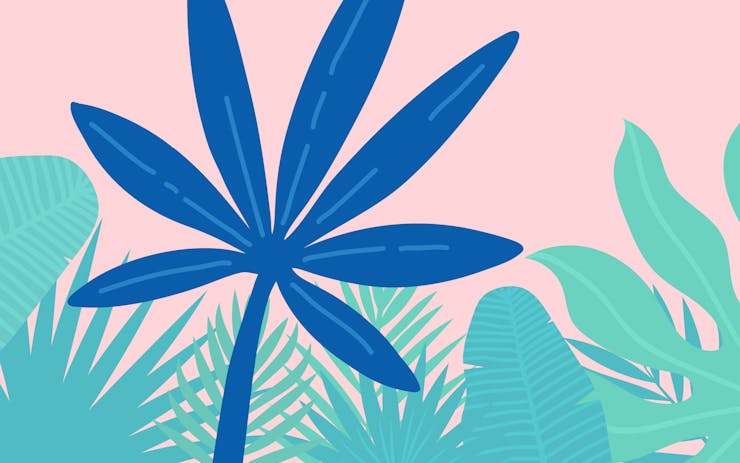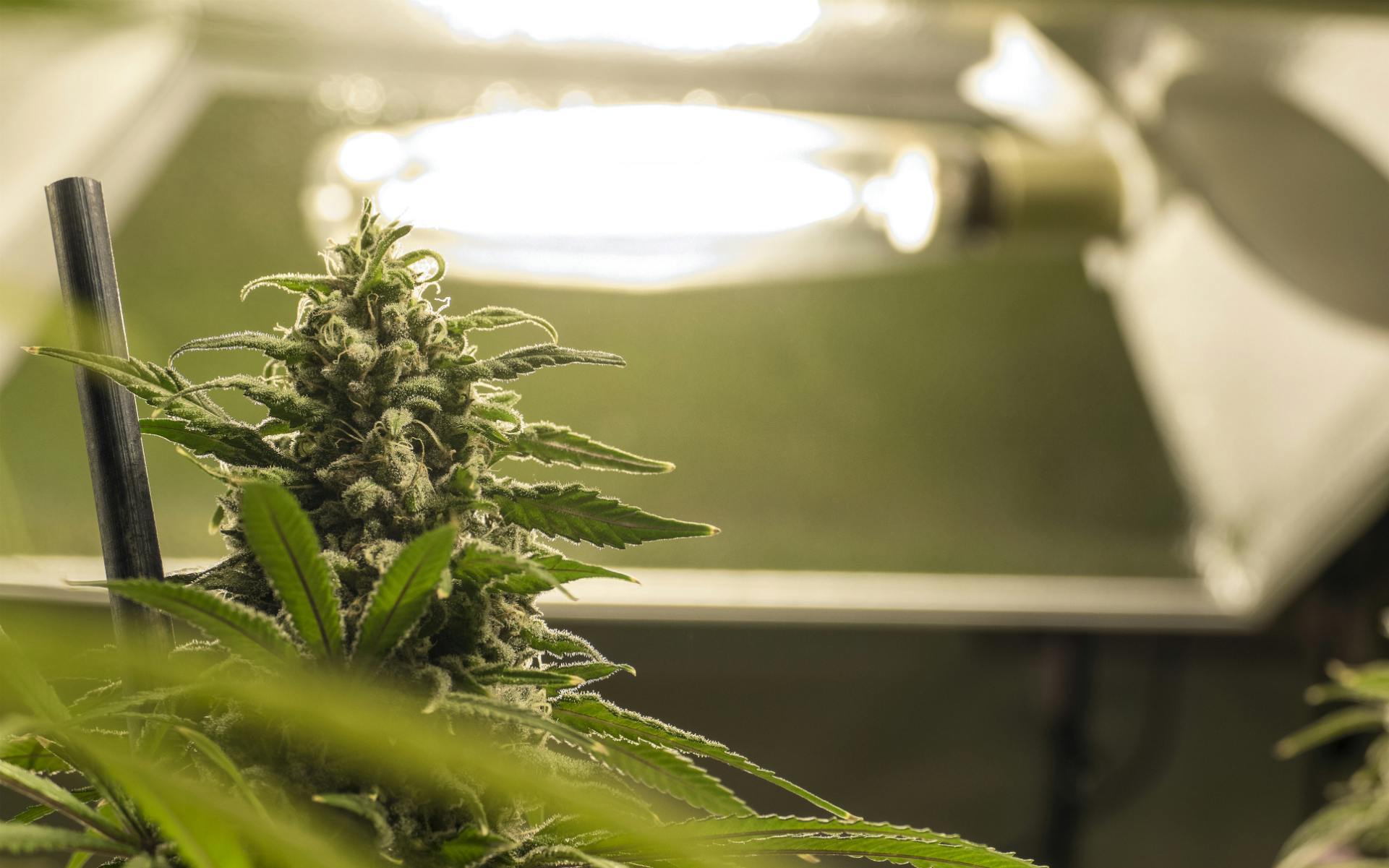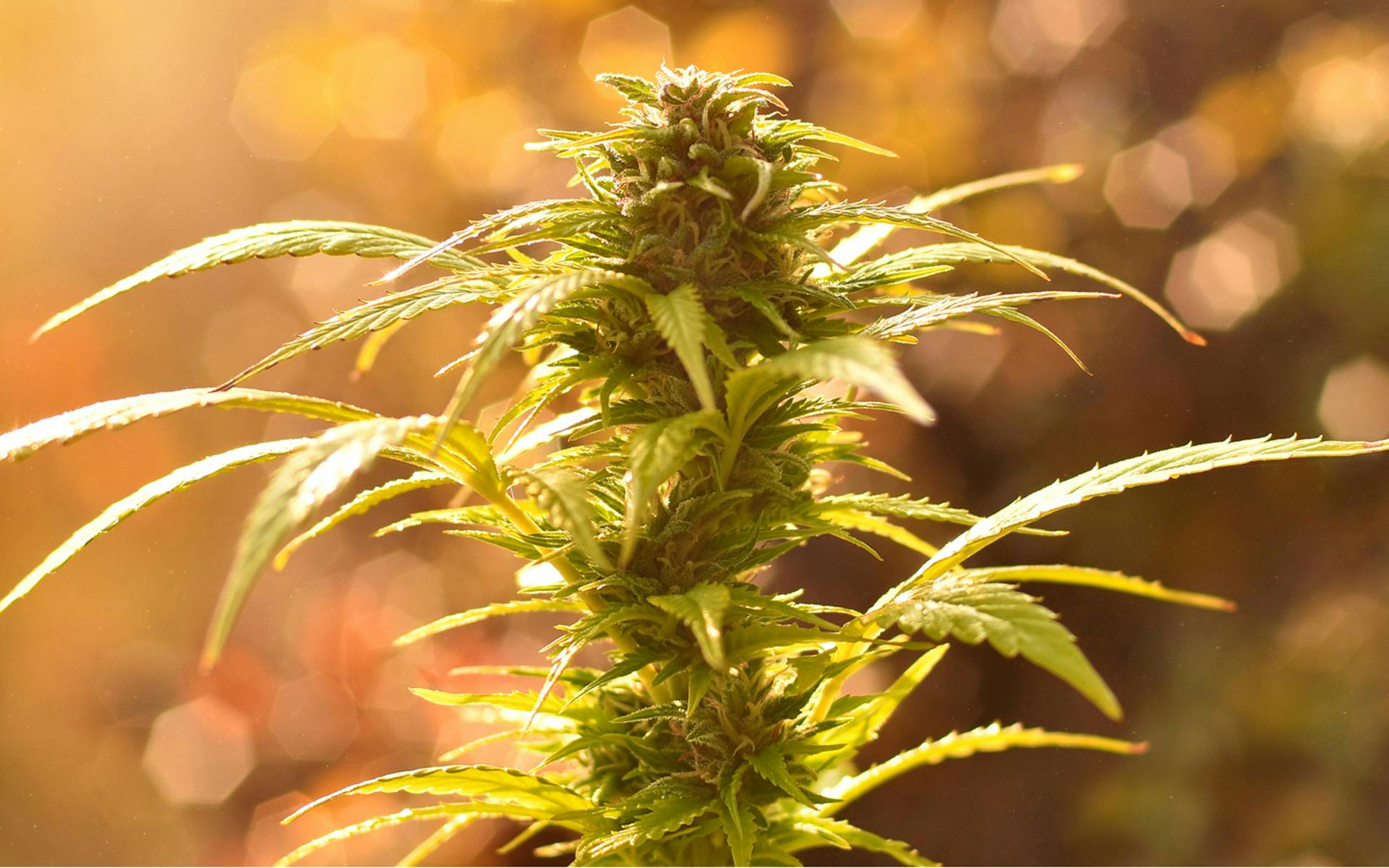In the fall of 2016, I left the gloomy Northwest for the warmer climate of the Virgin Islands. Originally intending to work on a boat and sail around the Caribbean, I instead got involved in a work-exchange program and set up a self-sustaining farm.
I met many others in the farming community of St. Thomas. People grew bright and amazing fruits and vegetables foreign to the Northwest’s soil: mangoes, papayas, avocadoes, coconuts, pineapples, bananas, sugar cane, and coffee. A lot of farmers also grew cannabis. (To be clear, cannabis is illegal in the Virgin Islands, although they recently voted in medical cannabis.)
Tropical climates can teach a lot about growing cannabis, both indoors and outdoors. Whether or not you like the heat and humidity of the region, your burgeoning cannabis plants love it.
Why Grow Cannabis in the Tropics?
Located between the Tropic of Cancer and the Tropic of Capricorn, the tropics are an equatorial zone where the sun’s light hits the earth from directly overhead at least once throughout the year.
Even indoor growers can learn from the conditions in the tropics. The light and climate of the region are good examples of what to achieve in an indoor environment. If you’re new to growing, thinking about a tropical climate can help guide how you set up your operation. Just make sure you select strains that will thrive rather than suffer in a hot, humid climate (more on that below).
Photoperiod
Cannabis is a photoperiod plant, its flowering cycle triggered by a reduction in light—outdoors, this is when the sun starts to go down in the sky as fall approaches.
Indoor growers mimic this by having separate light spaces for vegging and flowering: Plants receive 18 hours of light and 6 hours of dark during the vegetative stage, and 12 hours of light and 12 hours of dark during the flowering phase. This reduction in light tells the plant to start flowering and produce buds.
Tropical regions receive about 12 hours of sunlight a day for most of the year. This means that the sun in the tropics provides the most natural—and free—flowering space on the planet.
There is some variance in sunlight depending on the time of year and where specifically you are in the tropics, but it’s a negligible amount—only an hour or so.
Climate
The average temperature outside during the day for most of the tropics stays around 65-85 degrees Fahrenheit. Indoor growers know this as a great temperature for growing most strains.
Shop highly rated dispensaries near you
Showing you dispensaries nearOutdoor humidity in most of the region ranges from 60 to 85%, which can be a little high for growing cannabis, but just make sure you get plenty of airflow through your greenhouses.
This is where specific genetics will help too, as certain strains fair better in humid climates (more below).
Some tropical locations receive lots of rainfall—up to 80 inches a year—so be sure to cover your greenhouses and keep your plants dry.
How to Grow Cannabis in the Tropics
According to farmers in St. Thomas, there are two ways to go about cultivating cannabis in the tropics:
- Veg plants inside of a building and use artificial lights for the entire 18-hour light cycle each day (like a traditional indoor veg room)
- Veg outside and under a covered greenhouse, supplementing the sun’s 12 hours of light with additional artificial light for part of the day
Local growers tend to prefer the latter setup.
For flowering, if your plants are vegging inside, you would move them outside and under the sun when you’re ready to flower.
If vegging outside, you’d cut off the additional light you’re giving them and keep them outside.
Setup
Whether vegging or flowering outside, you’ll need an outdoor structure like a greenhouse. There are many ways to make a DIY one. You should be able to cover and uncover the structures easily, in case the weather turns or to provide air circulation through the crop.
Whether growing indoors or outdoors, your veg structure needs to be light-tight. If growing outdoors, you’d need to add additional lighting inside your greenhouse so that plants can get the full 18 hours of light they need while in the vegetative stage.
You don’t need much supplemental light on a daily basis—only an additional four or five hours and the sun will provide the remaining 12 hours. You’ll need to spend some money on electricity for additional lights, but not as much as you would in a strictly indoor operation.
Because of the additional light needed for vegging, it’s hard to veg and flower plants at the same time outdoors because you don’t want stray light from vegging to hit your flowering plants. This makes setting up a perpetual grow outside difficult.
Plants in the vegetative and flowering cycles sometimes have different needs too—you might need to cover or uncover greenhouses depending on the weather, and plants in the different stages will need different nutrients. It’s more labor-intensive to simultaneously meet the needs of plants in two different stages as opposed to having them all on the same schedule.
Harvest
A lot of cannabis farmers in the tropics generally grow “seasonally,” meaning that the entire crop is grown and then harvested. It’s not exactly “seasonal” though because the consistent sunlight throughout the year means you can grow multiple harvests a year.
From seed/clone to harvest takes about 3-4 months, so you could have 3-4 big harvests a year with this method, in which you cut down all of your crop and then replant a whole new crop once done harvesting.
The Best Strains for Tropical Climates
Although not native to the region, many varieties of cannabis thrive in the tropics. Sativa cultivars tend to grow better because of their tall stature and more open bud structure. Indicas can be harder to grow because they tend to grow short and stout and have denser buds, making it harder for air to flow through them. Indicas tend to mold quicker because of this.
That being said, some sativas grow short and some indicas grow tall. It’s always important to know your genetics, where they came from and how they’ll grow.
Here are some famous strains grown in the tropics (you’ll notice that they’re all sativas):
- Maui Wowie from Hawaii
- Aceh from Indonesia
- Colombian Gold from Colombia







